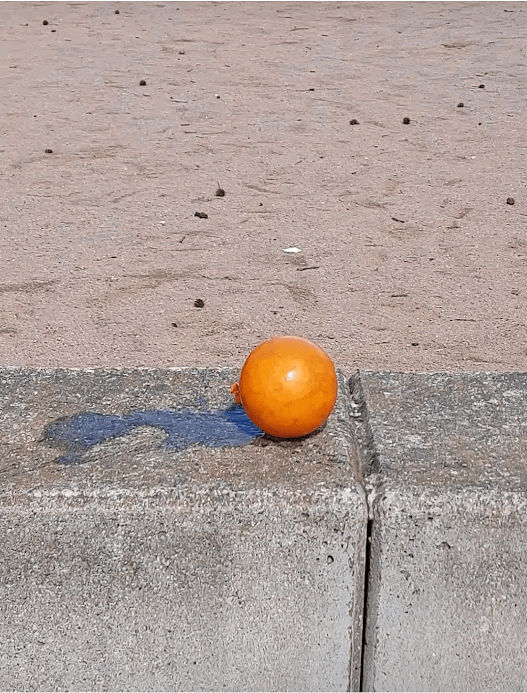Task 7-The constellations
The constellations A constellation is a set of fixed stars or unrelated stars that form an imaginary pattern.There are 88 constellations.The Greeks discovered the constellations. To find a constellation you have to be in a place with no light and no full moon, knowing the constellations can be of great help to quickly orient yourself. Aries Leo Ursa Major Eridanus Ursa Major’s history : Ursa Major (also known as the Great Bear) is a constellation in the northern sky, whose associated mythology likely dates back into prehistory. Its Latin name means "greater (or larger) she-bear," referring to and contrasting it with nearby Ursa Minor, the lesser bear. In antiquity, it was one of the original 48 constellations listed by Ptolemy in the 2nd century AD. Today it is the third largest of the 88 modern constellations. Ursa Major is visible throughout the year from most of the nor...

